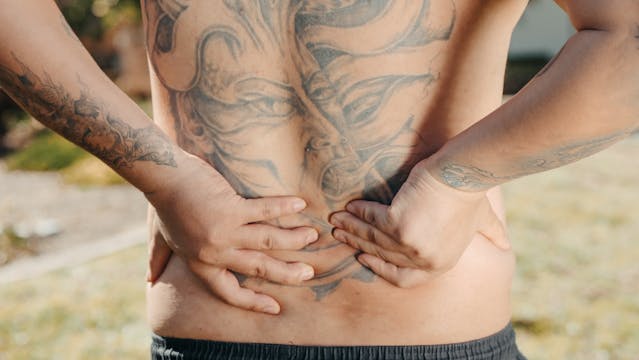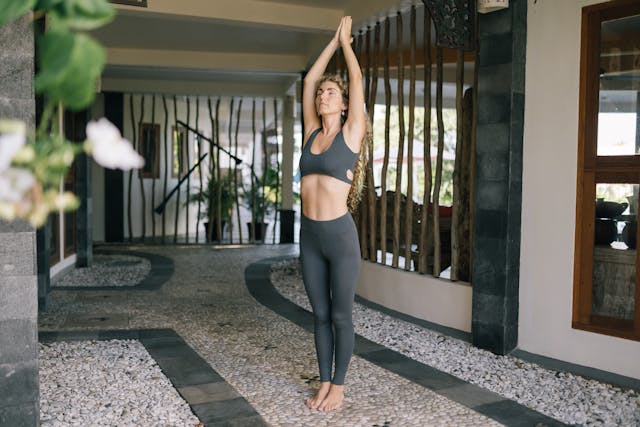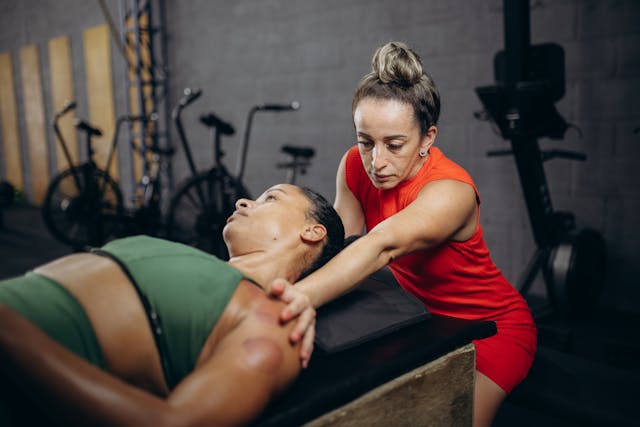Are you someone who’s tried different massage techniques and still feel like something’s missing? Maybe you’ve been curious about the world of bodywork and are looking for something deeper. Well, buckle up because we’re about to dive into the fascinating realm of Rolfing, a technique that’s like nothing you’ve experienced before!
What Exactly Is Rolfing?
Rolfing, or Structural Integration, isn’t your typical “oh-that-feels-nice” kind of massage. It goes deeper—literally. Think of your body as a house. Over time, little misalignments can occur in its foundation, leading to all kinds of creaks and groans (hello, stiff neck and back!). Rolfing steps in to realign the body’s “structural foundation,” targeting your connective tissues, or fascia, to improve posture and overall balance. So, instead of just focusing on relaxing muscles like a Swedish massage or prepping you for an athletic event like a sports massage, Rolfing gets to the core of what’s throwing your body off balance.
If you’re dealing with chronic aches, pains, or just feeling like your body could use a tune-up, Rolfing might be exactly what you need. This technique is especially beneficial if you:
- Suffer from lower back pain, sciatica, or repetitive stress injuries.
- Want to improve your posture and move more freely.
- Are an athlete or dancer looking to enhance performance by increasing efficiency of movement.
- Have been through surgery or trauma and need help getting your body back in gear.
It’s also an awesome choice for people who spend hours hunched over a desk and want to ease those kinks out of their system.

How Is Rolfing Different to Swedish Massage
Most massages focus on short-term relief: they feel great in the moment but don’t address long-term structural issues. Rolfing, on the other hand, takes a bigger-picture approach. Imagine walking into a room full of tangled wires—Rolfing is the technician that methodically straightens everything out. Through deep manual manipulation of your fascia, Rolfing aims to “reset” your body’s alignment. As you progress through sessions, you’ll find that your body begins to feel lighter, more open, and more balanced. The magic lies in the long-term, cumulative effects, making it a journey rather than a quick fix.
Rolfing appeals to a wide variety of people, from professional athletes, dancers, and even those recovering from injuries or surgeries. Anyone who’s ever thought, “I need something more than just another massage,” can benefit. It’s especially appealing to those seeking a holistic, non-invasive way to resolve discomfort or improve their body’s function. And the best part? The results can be transformative, giving you that “Wow, I didn’t know my body could move like this!” kind of feeling.

When Did Rolfing Become Popular?
Rolfing became popular in the 1970s, at a time when people were starting to explore alternative therapies beyond traditional Western medicine. This era was all about finding new ways to heal and care for the body, and Rolfing fit right in with its holistic approach to health and wellness. What set Rolfing apart from other therapies was its commitment to long-term, structural change, which attracted a loyal following of people looking for more than just temporary relief.
Rolfing was developed by Dr. Ida Pauline Rolf, an American biochemist with a passion for understanding how the human body functions. In the 1950s, Dr. Rolf created this technique after extensive research into how gravity affects the body’s structure. She believed that when your body is properly aligned within gravity, you move with greater ease and experience less discomfort. Dr. Rolf’s method is broken down into the famous “Rolfing Ten Series,” which involves a series of sessions designed to address the entire body in a step-by-step manner.
The sessions are more like a guided journey, with each focusing on a different part of the body. By the end of the series, the aim is to have transformed how you stand, move, and feel in your own skin.
Why Should You Try Rolfing?
Rolfing doesn’t just treat the symptoms—it gets to the root of the problem. By working on your fascia and realigning your body, it can help with everything from reducing pain to improving how you move, feel, and function. Whether you’re looking for relief from chronic pain, want to improve your athletic performance, or just feel lighter and more at ease in your body, Rolfing has something to offer.
It’s not always the most relaxing experience (it can be intense!), but the long-term benefits are worth it. People report feeling taller, more balanced, and more in tune with their bodies. You might even feel like you’re walking on air after a session!

Final Thoughts
If you’re looking for something beyond the typical massage, something that can bring real, long-term change to your body, Rolfing might be your new go-to. It’s not just about feeling good for an hour—it’s about transforming how your body functions and feels every single day. Ready to stand tall and move like a dream? Give Rolfing a try!
Love Life x
References:
- Reichsman, M. E. (1982). Rolfing and Physical Reality. Healing Arts Press.
- Gidron, S. J. (2000). Comprehensive Textbook of Psychotherapy. Springer.
- Hull, G. G. (1997). Structural Integration: Anatomy and Information. Handspring Publishing.

